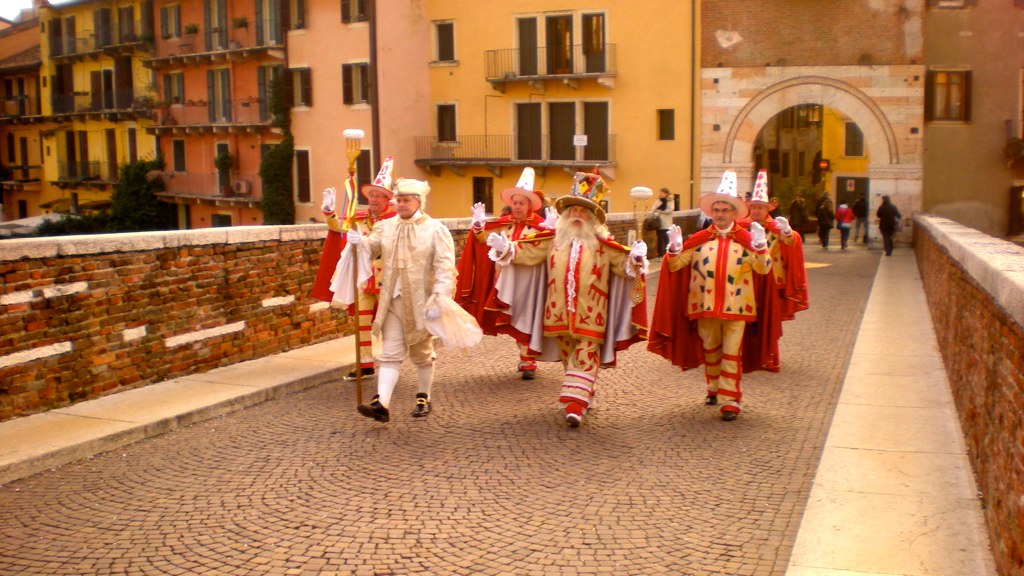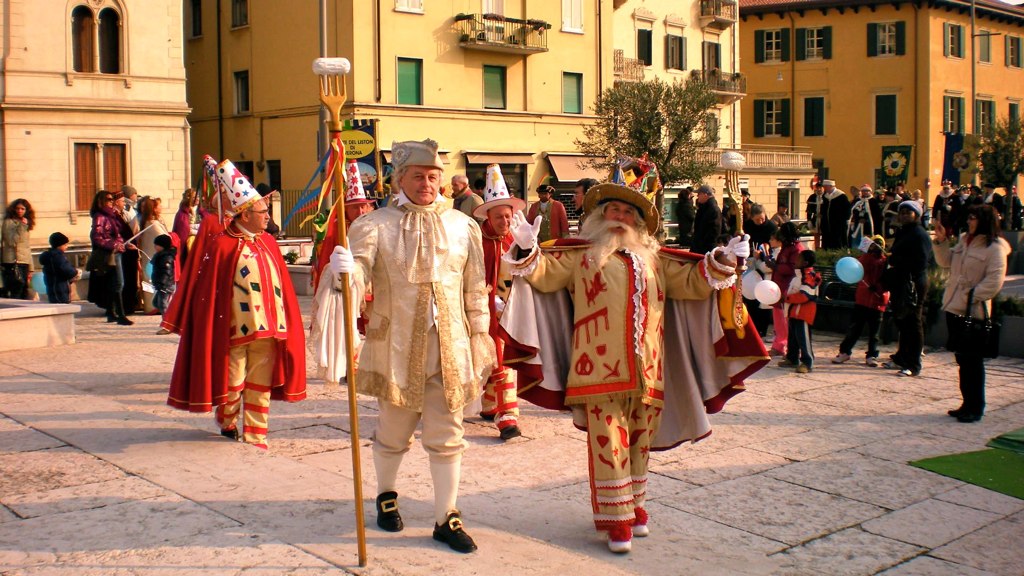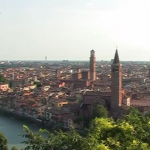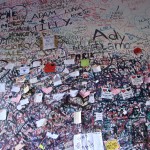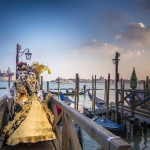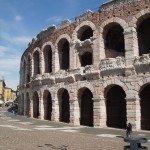A sightseeing tour in the city centre
How Verona celebrates Carnival
Discover the old tradition of “Venerdì Gnocolar”
Venerdì Gnocolar (meaning Dumplings Friday) is the most awaited event of Verona’s Carnival. Have you ever participated to this great fair full of masks, Valpolicella wine and dumplings to eat? You have to. Above all if you are planning to enjoy the nearby Venice Carnival. Do you like Italian dumplings? Gnocchi are a kind of pasta made of potatoes, typical of this area. You will find them in tons during this Carnival feast… Amazing!
The event is known as “Baccanale del Gnocco” (Dumplings’ symposium), or Abundance Feast. It is a great parade of masks along the streets in the historical city center, preceded by a complex investiture ritual, that ends with the so called “Funzione dei Gnocchi” (Dumplings’ Rite). The so called “Papà del Gnoco” (Dumplings Father) officiates this rite. He is a pot-bellied person with a long white beard, all brocade dressed, with a red cloak. Some kind of Santa’s forefather. He holds on a golden fork with a big potato dumpling on top, like a sceptre. At the end of the parade, he distributes hot potato dumpling dishes to everyone, helped by his “gobeti” (other minor pot-bellied characters), characterized by a hump, probably referring to the Cathedral’s caryatids.
For once the origin of this tradition is not lost in legend, but it is supported by historical documentation. In “Istoria di Verona” (Verona’s history) written in 1594 by Mr Girolamo dalla Corte, gentleman of Verona, we can read about the famine occurred between 1520 and 1531, due to the ravages of the Lanzichenecchi and the flooding of Adige river. After these calamities the cost of bread increased too much, with the following lockout of bakeries that led to a popular uprising in San Zeno square on the 18th of June, 1531. Some richer members of the middle class paid for satisfy the basic needs of San Zeno’s population, avoiding a worst crisis. The history stops here, then tradition begins. Tradition gives to the citizen Tommaso Da Vico the inheritance of all the bread, floor, butter, cheese and wine distributed to San Zeno’s poor people in the last Friday of Carnival celebrations.
Potatoes didn’t exist in Italy yet, the donation was celebrated with a meal of flour dumplings. That would be the real Gnoco’s Father. His testament would have been identified in the old archives of Verona (document number 128, dictated on May the 13th, 1531 at the notary Bonifaccio di Sebastiano Dalla Mano). In his will we read: Doctor Tommaso Da Vico, impatient but sane, says that he wants to be buried near San Zeno Church, next to the big stone table where poor people used to celebrate “Venerdì Gnocolar”.
Pic courtesy of Flickr User Benito Roveran
Visit Verona: helpful hints
Arrival
For international flights there is the Verona Airport, connected to the city centre by bus (rides every 20 minutes, 6€, it takes 15 minutes). The nearest airport for transcontinental flights is Bologna Airport. From the airport, first you have to reach Bologna Central Station by bus (rides every 15 minutes, it takes 30 minuts, 6€). Then either Trenitalia and Italo trains reach Verona in 50 minutes, prices change according to class and services.
Transports
Walking is the best way to visit Verona. Anyway you can move by bus, a single ticket costs 1,3€ and it lasts 90 minutes. For more information check the ATV website.
What to do
Verona, the city of love, is in the North Eastern Italy and it is a UNESCO World Heritage Site.
Known wordlwide to be the city of Romeo and Juliet, by William Shakespeare, here you can visit Juliet’s House with the iconic balcony (“O Romeo, Romeo, wherefore art thou Romeo?” – that one). But Verona is famous even more for the Arena di Verona, that is basically the greatest Opera theatre in the world! Check the official website of the Arena for the shows calendar, don’t miss the opportunity to attend a concert sit on this Roman masterpiece (Summer only, of course. No roof, above is only sky, you know). Watch Italia Slow Tour web serie about the city of love.
Last, but not least, Verona is also near the lake Garda, the largest lake in Italy (it takes 30 minutes to Peschiera del Garda or Lazise, 4o minutes to Bardolino, by car).

